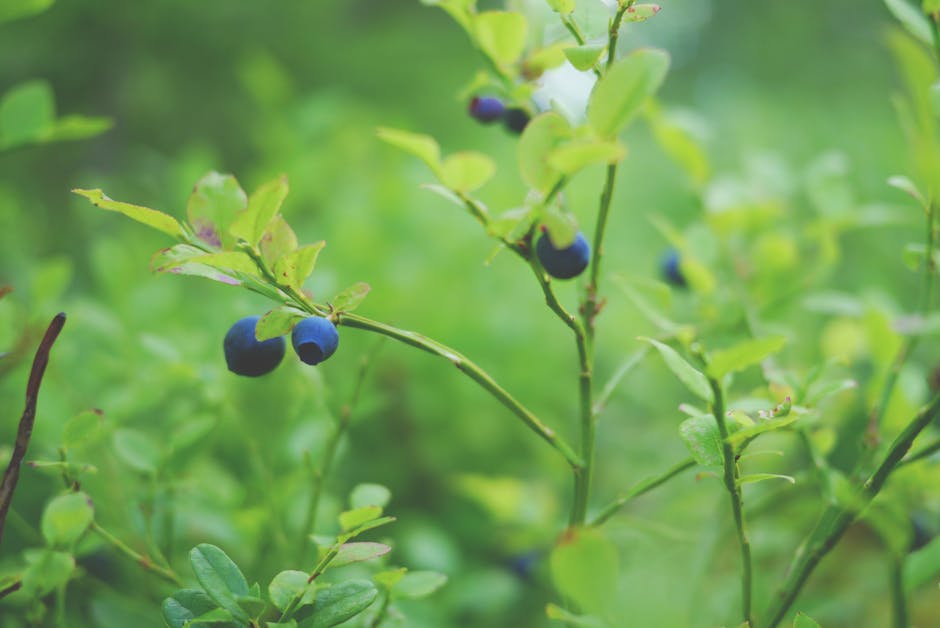Identifying Edible Wild Plants

Identifying Edible Wild Plants
Table of Contents
1. The Importance of Identifying Edible Wild Plants
2. Safety First: Guidelines for Foraging Wild Edible Plants
3. Common Edible Wild Plants in North America
4. Edible Wild Plants in Europe
5. Foraging in the Tropics: Edible Wild Plants in Tropical Regions
6. Desert Delights: Edible Plants in Arid Climates
7. The Role of Wild Plants in Traditional Medicine
8. Preserving Wild Edible Plants for Future Use
9. Conclusion
The Importance of Identifying Edible Wild Plants
Foraging for wild plants is an ancient practice that has sustained humans for millennia. Today, identifying edible wild plants can be a rewarding hobby, a way to connect with nature, and a vital survival skill. With the right knowledge, you can safely enjoy the bounty that nature provides, whether you’re on a hiking trip, in a survival situation, or simply looking to add variety to your diet.
Safety First: Guidelines for Foraging Wild Edible Plants
Before you begin foraging, it’s crucial to follow some basic safety guidelines:
– Always positively identify a plant before consuming it. If in doubt, leave it out.
– Be aware of look-alike plants that may be poisonous.
– Forage only in areas free from pollution and pesticides.
– Harvest sustainably, taking only what you need and leaving enough for the plant to regenerate.
– Learn about the local laws and regulations regarding foraging in your area.
Common Edible Wild Plants in North America
North America is home to a diverse range of edible wild plants. Here are some common ones you might encounter:
– Dandelion: Every part of this ubiquitous plant is edible, from the leaves to the roots.
– Wild Berries: Blackberries, raspberries, and blueberries are just a few of the delicious berries you can find.
– Nettles: Rich in nutrients, nettles can be cooked and eaten like spinach.
– Cattails: Found near water, the shoots and roots of cattails are edible.
Edible Wild Plants in Europe
Europe’s forests, meadows, and coastlines offer a variety of edible wild plants:
– Wild Garlic: Found in woodlands, wild garlic leaves add a mild garlic flavor to dishes.
– Elderflower: The flowers can be used to make a fragrant syrup or tea.
– Sea Beet: A coastal plant with leaves that can be eaten raw or cooked.
– Sorrel: With a lemony tang, sorrel leaves are great in salads or soups.
Foraging in the Tropics: Edible Wild Plants in Tropical Regions
The tropics are rich in plant diversity, including many edible species:
– Banana: While the fruit is well-known, the flowers and shoots are also edible.
– Papaya: The fruit is a tropical staple, and the seeds have a peppery flavor.
– Coconut: Provides both food and drink, with its meat and water.
– Taro: The roots of this plant are a common ingredient in tropical cuisines.
Desert Delights: Edible Plants in Arid Climates
Even in the desert, there are edible plants to be found:
– Prickly Pear Cactus: The fruit and pads are edible when properly prepared.
– Mesquite: The pods can be ground into a sweet flour.
– Agave: The heart of the plant can be roasted and eaten.
– Desert Date: The fruit of this plant can be eaten raw or cooked.
The Role of Wild Plants in Traditional Medicine
Many wild plants have medicinal properties and have been used in traditional medicine for centuries. For example, dandelion is known for its diuretic properties, and nettles have been used to treat joint pain.
Preserving Wild Edible Plants for Future Use
Once you’ve foraged wild plants, you can preserve them through drying, pickling, or making jams and jellies. This allows you to enjoy their flavors and nutrients long after the foraging season has ended.
Conclusion
Identifying and consuming edible wild plants is a fulfilling activity that connects us with our environment and our ancestors. By following safety guidelines and learning about the plants in your region, you can safely enjoy the natural abundance around you. Whether you’re a seasoned forager or a curious beginner, the world of wild edible plants is waiting for you to explore.